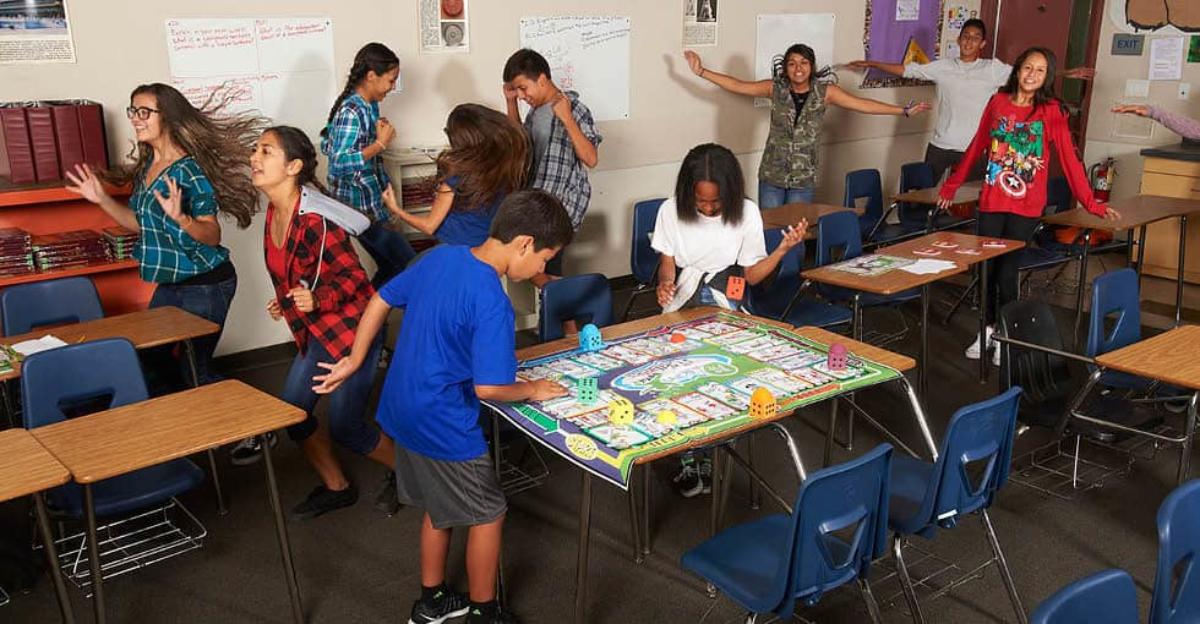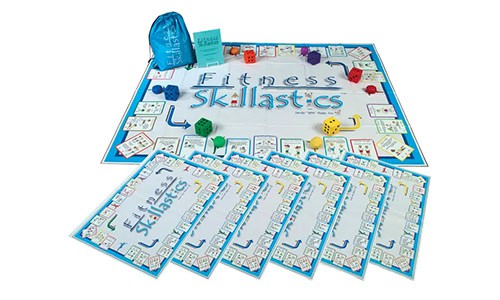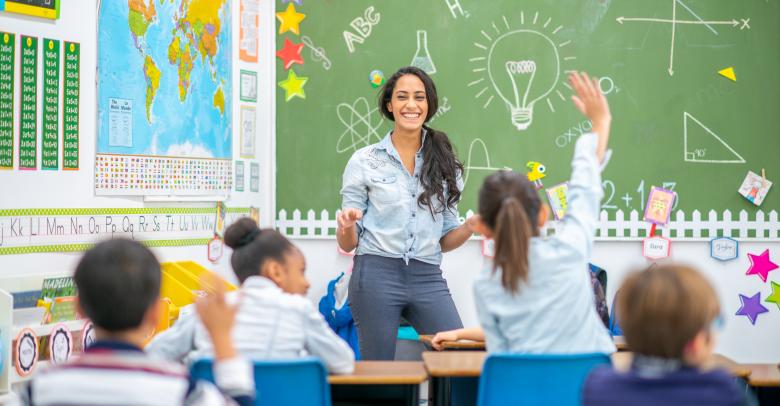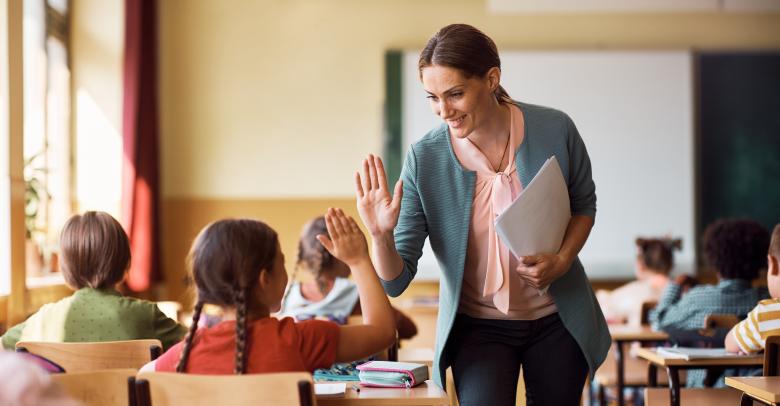Adding physical activity to the school day can help students focus and engage in learning. The key is finding a practical and simple resource that integrates math with physical activity, thus helping improve learning outcomes.
Why Incorporate Physical Activity in Math Class?
In a 2015 study, classes of 9- to 11-year-old students were exposed to a single-group, repeated crossover design in which each student’s selective attention was compared between activity and no activity (Ma et al., 2015).
The actual activity was a four-minute, high-intensity interval activity that used whole-body actions to complement a storyline. For weeks, the order of these FUNterval energizer breaks was randomized and counterbalanced from control to experimental groups with a crossover design.
The results were that students made fewer errors during the test when performing the exercise. This supports the priority of physical activity inclusion within schools. Exercise, or a time-efficient and easily implemented physical activity break, can improve selective attention.
Studies have shown that exercise upregulates a critical compound called brain-derived neurotrophic factor. They have also shown that neurogenesis is correlated with improved learning and memory. Therefore, based on the evidence, “there is strong support for physical activity in classrooms and academic improvement.
Specialized Tools for Adding Movement to Math Concepts
Be Fit 2 Learn Skillastics® Math combines movement and creativity with math content and questions to balance learning in an atmosphere of fun! This powerful resource includes problem-solving questions for core national math standards, grades 2 through 6.
All grade-level question cards include a symbol key on the front. The instructor can then be selective about the grade-level cards used with the entire class or provide differing grade-level cards to each group in the class based on the needs of his/her students.
For example, a 3rd-grade teacher may pick 4th-grade question cards and 2nd-grade question cards along with the 3rd-grade question cards. The teams can be divided based on mathematical abilities. The teacher will know which level cards belong to which group based on the symbol represented on the front of each group of question cards, but the students will never know the difference.
The movement in Be Fit 2 Learn Skillastics® Math empowers students to improve in mathematics while enjoying being active in a fun game.
Read More: How to Help Your Students Overcome Math Anxiety
Playing Be Fit 2 Learn Skillastics® Math periodically throughout the day allows students to feel energized and focused and nurtures a growing sense of accomplishment in both math and physical activity.







Leave a Reply